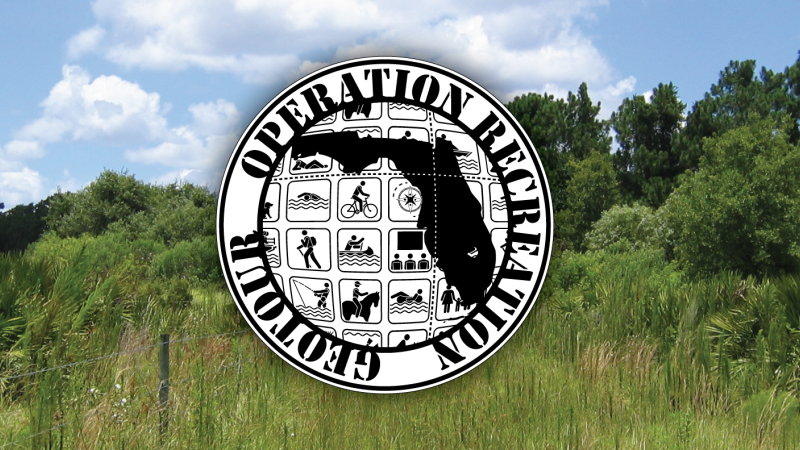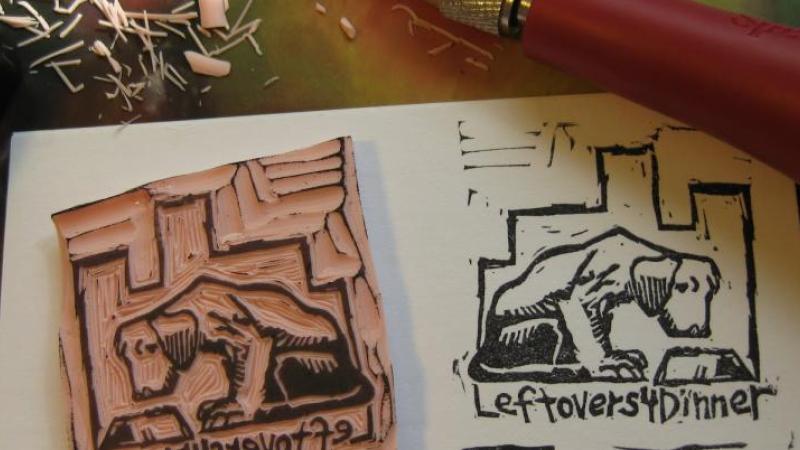Orienteering

Orienteering in Florida State Parks
Orienteering is a competitive international sport that combines navigational skills and racing - using a map and compass to navigate from one point to another.The challenge to this sport is not just finishing the race the fastest. Selecting the route, reading the map and making on-the-spot decisions make it a mental sport.
Each point on the course is marked with a distinct orange-and-white flag or bag. This might be a tree, turn in the trail, hilltop or rock. Participants must prove that they have visited each checkpoint or control by marking their control card with a punch found in the bag at each point on the course. Each punch varies.
Find an event
Orienteering clubs hold events in this sport. To find events in Florida, visit Florida Orienteering.
Organize an event
To hold an orienteering event at a Florida State Park, contact the park manager at the location where you propose to have an event and work out the details.
Vocabulary
- Attack point: An obvious feature near the control point from which the control can be located by navigating carefully with map and compass.
- Bearing: The direction of travel as indicated by the compass.
- Control: A checkpoint on an orienteering course that a competitor must visit to complete the course.
- Control marker (also called a control, marker, bag or flag): A three-sided marker (usually orange and white) placed at features on an orienteering course. It usually has a punch or other marking device attached to mark a control card as proof that participants visited the control.
- Control card or punch card: A paper card carried by the competition to mark at each checkpoint/control if manual punching is used (see e-punch).
- Control descriptions (sometimes referred to as clues): A list given to all participants that briefly describes each control feature in order; it also gives the control code.
- Control feature: A natural or human-made feature on or next to which the control is hung.
- Control number: A number drawn beside each control circle on a map. On a cross-country course, they indicate the order in which the controls must be visited. The top of the number points to magnetic north.
- Course: A sequence of control points marked on the map that are to be visited by the orienteer.
- E-punch: A finger-stick worn while orienteering as part of an electronic timing system (as opposed to manual timing).
- Master map: A map displayed near the start from which competitors copy their courses onto their blank map; in bigger events, courses are pre-printed on the maps. More experienced orienteers will copy the course onto their map while the clock is running. Novices should be allowed to do this before being given a start time.
- Precision bearing: Some compasses can be used to take a precise bearing (degrees clockwise from north), which can then be followed in the terrain.
- Punching: The act of marking the control card with the punch in the case of electronic timing by inserting the e-punch into the slot in the control station or e-box.
- Safety bearing: A compass bearing that will bring a lost orienteer to a road or other major, recognizable feature. It may be added to the control description list as a safety measure.
- Safety whistle: A whistle that can be used if a participant is injured or lost. The International Distress Signal is six short blasts repeated at one-minute intervals. Whistles are required at many orienteering events and are often available from event organizers for a small fee.


